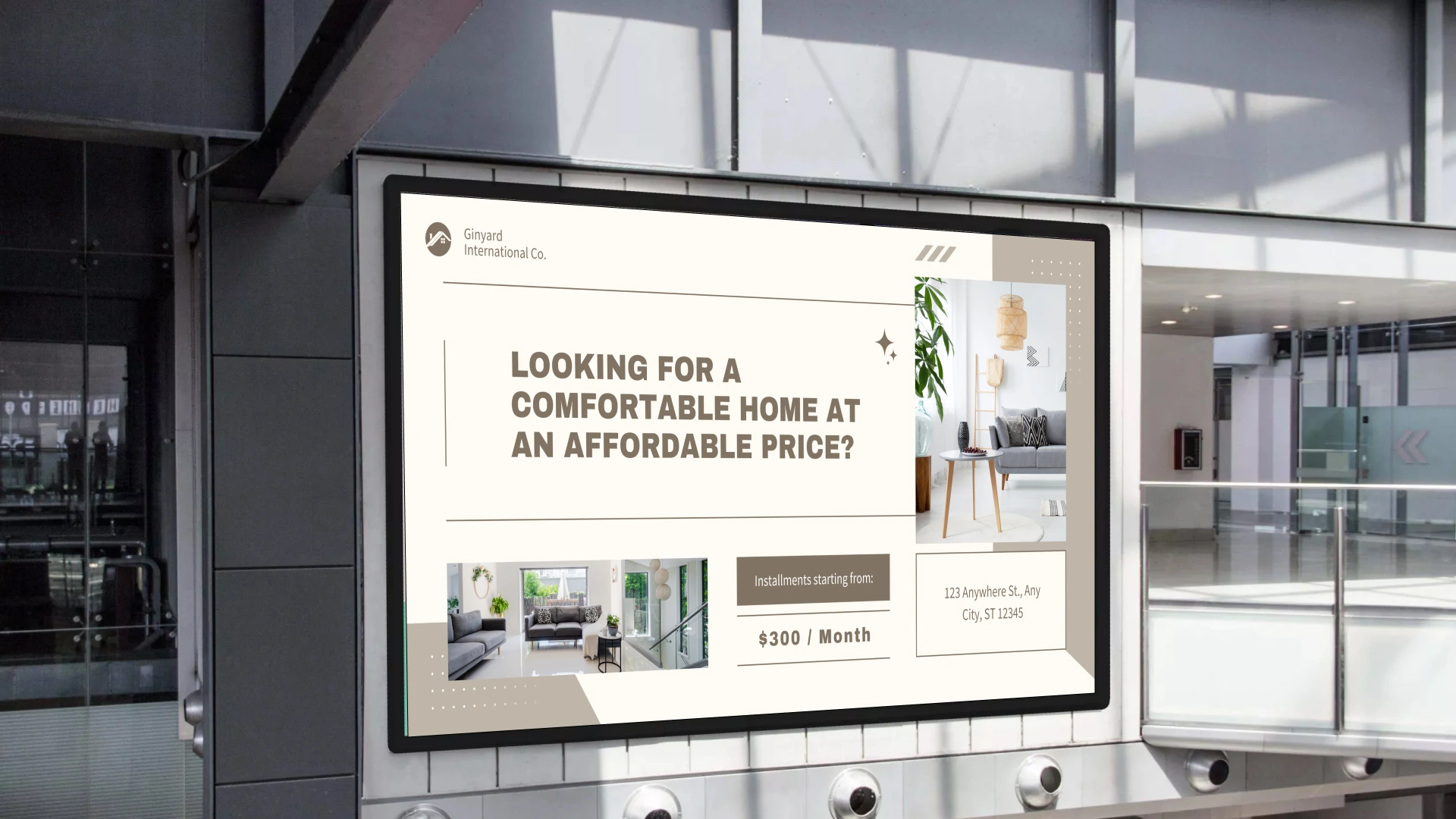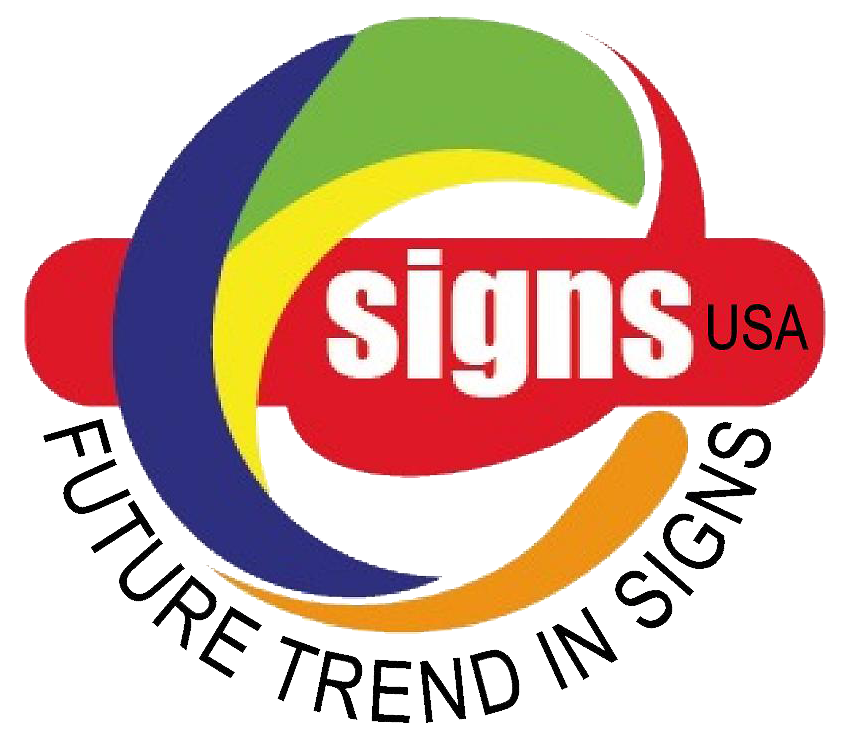
Ever walked into a building and felt completely lost, despite being surrounded by signs? You’re not alone. In today’s complex architectural spaces, from sprawling hospitals to multi-story malls, indoor signage plays a crucial yet often overlooked role in our daily navigation. 🏢
While many businesses invest thousands in exterior branding, the power of effective indoor signage can make or break the visitor experience. Whether it’s directing patients to emergency rooms, guiding shoppers to fitting rooms, or helping employees locate conference spaces, indoor signs are the silent guides that keep spaces functional and user-friendly. Yet surprisingly, 68% of businesses underestimate the impact of well-planned interior signage on their bottom line.
Let’s explore the comprehensive world of indoor signage – from understanding the various types available and their benefits to mastering design elements, implementation strategies, and maintenance tips that ensure your signs continue to serve their purpose effectively. 🎯
Types of Indoor Signage
Way-finding and Directional Signs
Way-finding signs serve as silent guides throughout buildings, featuring arrows, symbols, and clear text to direct visitors. These include:
- Directory boards at entrances
- Floor-level indicators
- Corridor directional signs
- Department markers
- Exit route indicators
Safety and Emergency Signs
Critical for compliance and occupant safety, these signs include:
- Emergency exit markers
- Fire extinguisher locations
- First aid stations
- Evacuation route maps
- AED location indicators

Room Identification Signs
Essential for building navigation and organisation:
- Office nameplates
- Conference room labels
- Restroom signs
- Department identifiers
- Room numbers
Digital Display Systems
Modern solutions offering dynamic content:
- LED information boards
- Interactive touchscreen kiosks
- Digital menu boards
- Real-time scheduling displays

| Sign Type | Primary Purpose | Common Locations |
|---|---|---|
| Wayfinding | Navigation | Lobbies, Corridors |
| Safety | Emergency Information | Throughout Building |
| Room ID | Space Identification | Doorways, Entrances |
| Digital | Dynamic Information | High-Traffic Areas |
